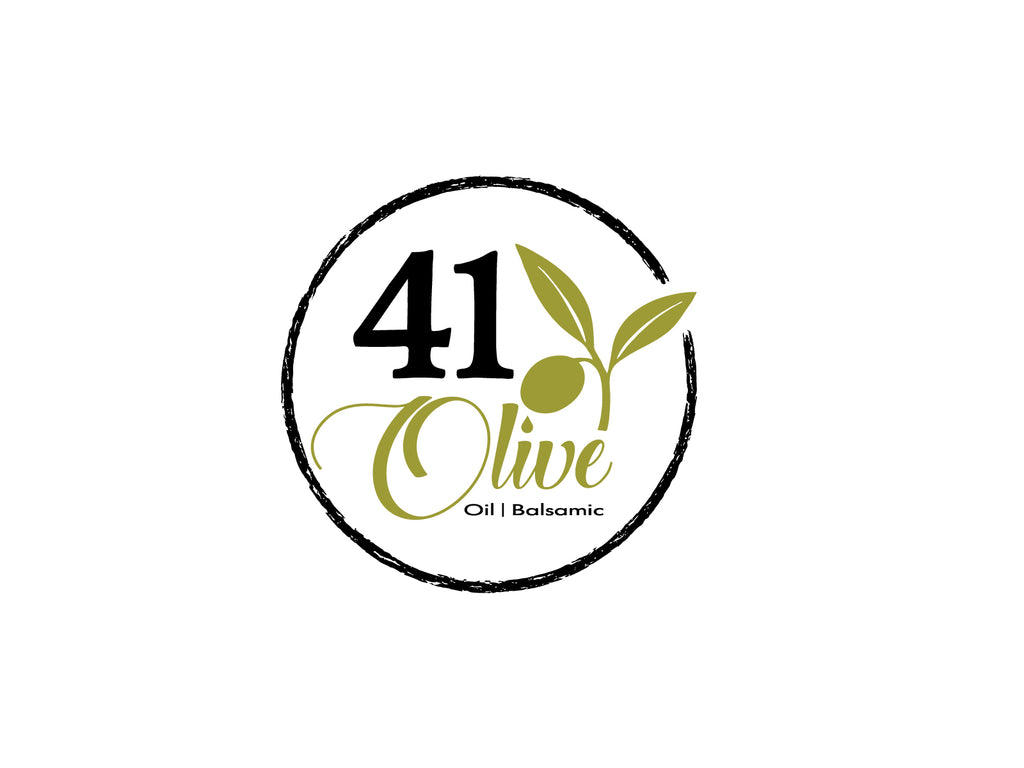The Art of Olive Oil Selection: What to Know Before Making a Purchase
Olive oil is a staple in many cuisines around the world, adding flavor and health benefits to a variety of dishes. With so many options available, it can be overwhelming to choose the right olive oil for your needs. In this blog, we'll explore the most important information to know before purchasing your olive oil, including new ideas and advice not mentioned previously mentioned.
Origin and Production Methods
When it comes to olive oil, the origin and production methods are crucial factors to consider. Look for olive oils produced using traditional methods, such as cold-pressing or stone-milling, which preserve the natural flavors and aromas of the olives. Avoid olive oils that have been blended or processed using chemicals, as these can compromise the quality and flavor.
Varietal
Different olive varieties have distinct flavor profiles, from fruity and mild to robust and peppery. Consider the type of cuisine you're cooking and the flavor profile you prefer when selecting an olive oil. For example, Italian olive oils tend to be mild and delicate, while Spanish olive oils are often more robust and fruity.
Acidity Level
Olive oil acidity levels can range from 0.5% to 3.5%. Lower acidity levels generally indicate a higher quality oil, as they are less likely to go rancid. However, some artisanal producers may intentionally produce olive oils with higher acidity levels to preserve the natural flavors and aromas.
Packaging and Storage
Packaging and storage can significantly impact the quality and shelf life of olive oil. Look for olive oils packaged in dark glass bottles or tin containers to protect the oil from light and oxidation. Store your olive oil in a cool, dark place to preserve its flavor and aroma.
Certifications and Awards
Consider olive oils that have received certifications or awards from reputable organizations, such as the International Olive Council or the New York International Olive Oil Competition. These certifications can ensure that the olive oil meets certain standards for quality and authenticity.
Price
While it's true that you get what you pay for, it's not always necessary to spend top dollar for high-quality olive oil. Look for mid-range olive oils that offer a good balance of quality and affordability.
Labeling and Marketing
Be wary of olive oils with misleading or exaggerated labeling claims. Look for clear and honest labeling that indicates the origin, production methods, and ingredients used.
Taste and Aroma
Finally, trust your taste buds! The best way to determine the quality of an olive oil is to taste and smell it. Look for olive oils with a rich, fruity aroma and a smooth, balanced flavor.
Conclusion
In conclusion, selecting the right olive oil requires consideration of several important factors, from origin and production methods to packaging and storage. By understanding these factors and making informed choices, you can find an olive oil that meets your needs and enhances your cooking. Remember to trust your taste buds and don't be afraid to try new olive oils and producers to find the one that suits your palate best.
